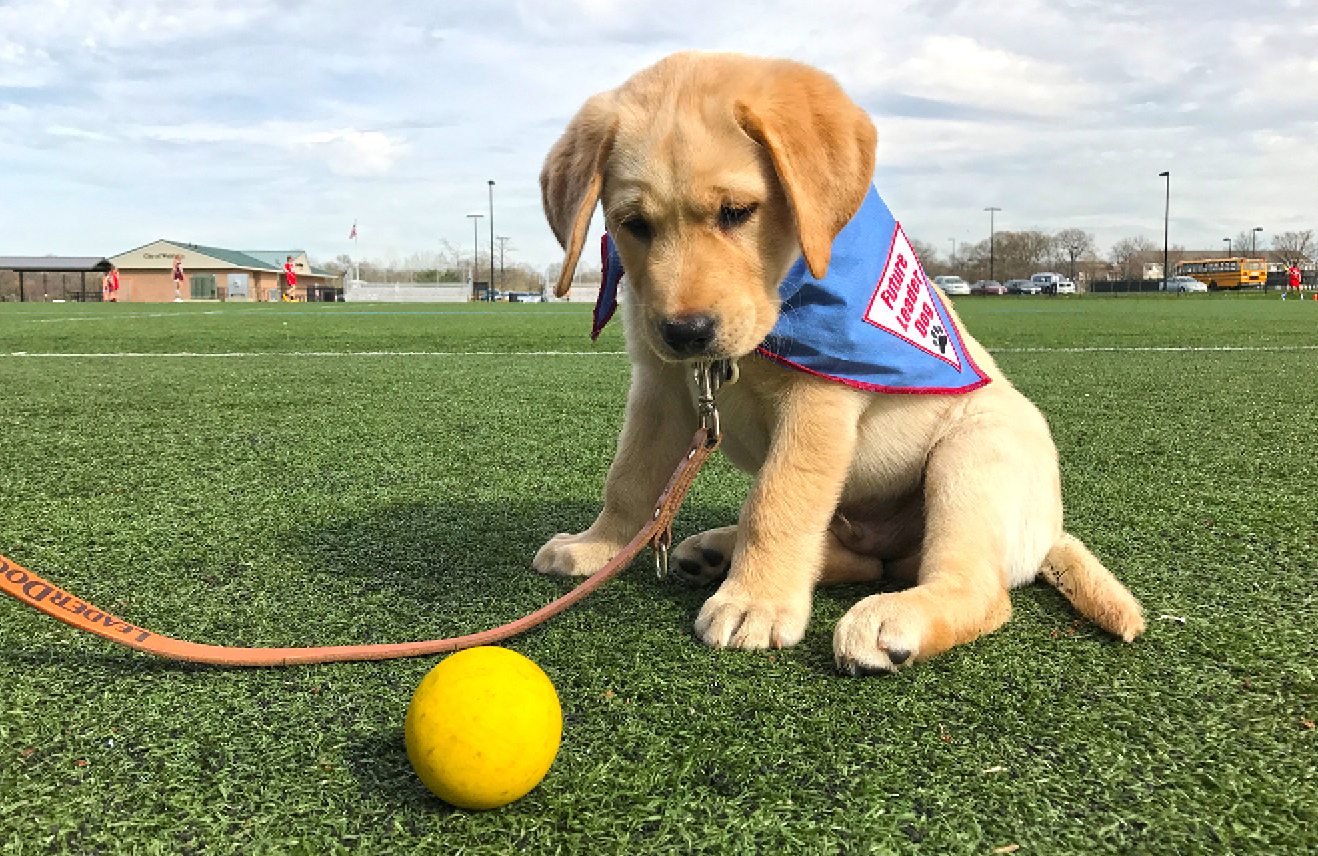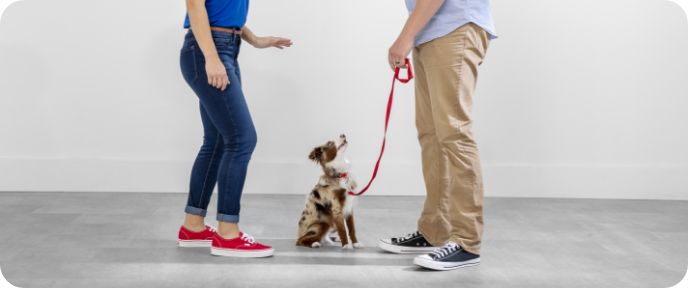Puppy Training Techniques: Teaching Basic Commands for a Happy Pet
Leading Young Puppy Educating Methods to Guarantee a Well-Behaved Family Pet
Reliable young puppy training is vital for growing a mannerly companion, and numerous methods can substantially influence a pet's advancement. As we discover these methods even more, it ends up being clear that the success of puppy training pivots on a mix of strategies that can transform your animal's habits in exceptional ways.
Positive Reinforcement Methods
Making use of favorable support techniques is vital for reliable pup training, as it encourages wanted behaviors via incentives instead than punishment. This technique profits from the natural knowing procedures of dogs, enhancing etiquette by offering prompt and tangible rewards, such as treats, appreciation, or play. By associating favorable results with particular activities, pups are most likely to repeat those actions in the future.
Benefits ought to be given promptly after the desired behavior occurs to develop a clear link in the young puppy's mind. Furthermore, varying the types of benefits can maintain a pup's interest and inspiration throughout the training procedure.

Consistency in Educating Commands
Maintaining consistency in training commands is essential for reinforcing the lessons discovered via positive support techniques. Pet dogs thrive on routine and predictability, so utilizing the very same spoken commands and hand signals for specific behaviors is necessary. This harmony helps young puppies comprehend what is anticipated of them, reducing confusion and aggravation for both the fitness instructor and the pet dog.

Timing likewise plays a significant duty in uniformity. Commands should be supplied quickly during training sessions and adhered to immediately by favorable reinforcement, such as deals with or praise. This immediate feedback helps solidify the association in between the command and the preferred habits.
Incorporating uniformity right into training sessions will develop a steady learning atmosphere, promoting quicker proficiency of commands. Ultimately, a well-structured technique cultivates a solid bond in between the young puppy and its owner, causing a more loyal and well-behaved pet dog.
Socialization With Various Other Pets
Socializing with various other pet dogs is crucial for a young puppy's growth, as it helps them find out appropriate habits and interaction abilities in diverse social contexts. Very early communications with different animals can significantly influence a young puppy's character and adaptability in different scenarios. When puppies are exposed to a selection of pets, they end up being a lot more confident and much less fearful, which can protect against potential behavioral problems later on in life.

Instruct your young puppy to identify signals her response from other pet dogs, such as signs of playfulness or pain, promoting common respect and understanding. Normal socialization not just enhances your pup's social skills yet also adds to their overall wellness, developing a much more unified living environment.
Dog Crate Training Advantages
Identifying the various benefits of crate read this training can greatly boost both the pup's and owner's experience. Crate training supplies a safe and safe environment for pups, guaranteeing they feel shielded when left alone. This feeling of safety and security can considerably minimize anxiety and stress and anxiety degrees for both the animal and the owner.
Additionally, pet crates act as a useful house-breaking tool. Puppies normally avoid staining their resting area, thus motivating them to hold their bladder up until they are allow outdoors. This instinct can expedite the house-breaking process, promoting great behaviors beforehand.
Crate training also aids in handling a young puppy's actions when unsupervised. By giving a marked room, proprietors can protect against devastating actions, such as eating on furnishings or getting involved in harmful compounds. Furthermore, pet crates can be useful throughout travel, offering an acquainted space that can aid relax a pup in brand-new atmospheres.
Last but not least, developing a cage routine urges self-reliance, allowing puppies to find out exactly how to be alone without fear. On the whole, cage training is an effective technique for promoting technique, harmony, and safety, resulting in a well-adjusted, go to my blog mannerly animal.
Leash Training Basics
Leash training is a fundamental facet of responsible pet dog ownership that makes sure a risk-free and enjoyable walking experience for both the young puppy and its proprietor. Appropriate chain training begins early, preferably during the young puppy's socializing period. This training assists develop good routines and advertises positive habits when out in public.
To begin, choose a comfortable collar or harness that fits your young puppy well. Connect a tough leash, ensuring it is not as well long, as this can bring about pulling and erratic habits. Beginning in a silent environment to reduce disturbances and gradually present your puppy to new environments.
Usage favorable support methods, such as deals with and appreciation, to urge your puppy to walk close to you. If your puppy draws, quit strolling and wait for them to return to your side before continuing.
Additionally, integrate short training sessions with fun disturbances to build your young puppy's emphasis. With commitment and persistence, chain training will lead to a well-mannered buddy, making strolls satisfying for both the puppy and the proprietor.
Verdict
In conclusion, employing effective pup training strategies is essential for creating a mannerly pet. On the whole, these techniques jointly advertise an unified relationship between young puppies and their owners.
As we discover these approaches additionally, it ends up being clear that the success of puppy training pivots on a mix of techniques that can transform your pet's actions in impressive ways.
Making use of favorable reinforcement methods is essential for effective pup training, as it motivates wanted actions through rewards instead than punishment.Crate training also helps in managing a young puppy's actions when not being watched.Leash training is a basic aspect of liable pet dog possession that guarantees a delightful and risk-free walking experience for both the young puppy and its owner.In verdict, utilizing effective puppy training techniques is important for creating a well-behaved family pet.